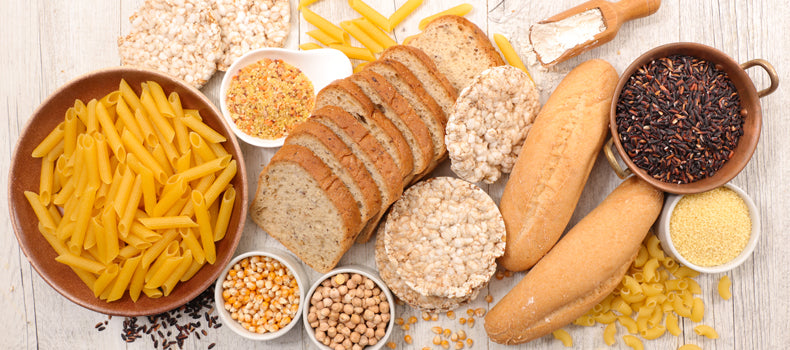For many years now, ‘probiotic’ has been a common word seen in health food stores up and down the country. Ever since the adverts of energetic, healthy looking people knocking back shots of what look like runny yoghurt launched, we’ve known that probiotics have something to do with gut health.
But now, the word prebiotic is being used, and we’ve all got confused. So, what’s the difference, why do we need them and how do we get both into our diet?
What Are Probiotics?
There are billions of beneficial bugs; bacteria, viruses, yeasts and fungi living in our gut and collectively, they’re known as the microbiome. Probiotics are living bacteria and yeasts, which can be consumed in food or as a supplement to positively affect the gut.
Without these beneficial bacteria, many aspects of our health would suffer, including our gut health. The health of our microbiome is also linked with our immune health, mental health and the risk of chronic inflammatory disease, obesity and certain cancers.
A healthy and thriving microbiome is very diverse, containing thousands of different types of bacteria that we pick up from the things we eat, places we visit and people we see. The more varied all three of these things, the more variety of good bugs we’re exposed to and the more diverse our gut bacteria. So if we only ever go to the same places, see the same people and eat the same food, our microbiome will reflect this and will not diversify.
Those famed yoghurt drinks contain billions of probiotics (usually bacteria called Lactobacillus or Bifidobacterium). Drinking these regularly is said to help top up the levels of bacteria in our guts. Probiotics are also available in tablet form and naturally come from fermented foods.
It’s a good idea to take a probiotic supplement course after taking antibiotics to help restore the levels of beneficial bacteria killed off along with the bad bugs.
There are many foods that also contain probiotic bacteria. These include good quality plain yogurt, goat’s cheese, fermented foods such as olives, pickles, sauerkraut and kimchi, or fermented drinks including kombucha, kefir and miso soup.
What Are Prebiotics?
Unlike probiotics, prebiotics aren’t actually live, active microorganisms. Instead, they’re a type of fibre that the human gut cannot digest, but that the probiotic bacteria, viruses, yeasts and fungi can. These non-digestible carbohydrates serve as food for our beneficial gut bacteria and allow the microbiome to thrive.
Prebiotic foods contain different types of indigestible fibres called inulin and oligosaccharides.
They include fibrous foods such such as; onions, leeks, garlic, oats, lentils, asparagus, Jerusalem artichokes, chicory root (often used as a naturally caffeine free coffee substitute), konjac root (a yam like vegetable), yacon root (a sweet potato like vegetable) and even dandelion greens.
A Healthy Gut, a Healthy You
Eating a diet rich in pro- and prebiotic foods, along with plenty of fresh fruits and vegetables, lean proteins and whole grains will help our microbiome thrive.
Conversely, eating a diet high in processed, fatty, salty and sugary foods will have the opposite effect and other aspects of our health could suffer.
We really are what we eat. So fill up on these delicious, gut healthy foods and keep the less healthy stuff as treats!






